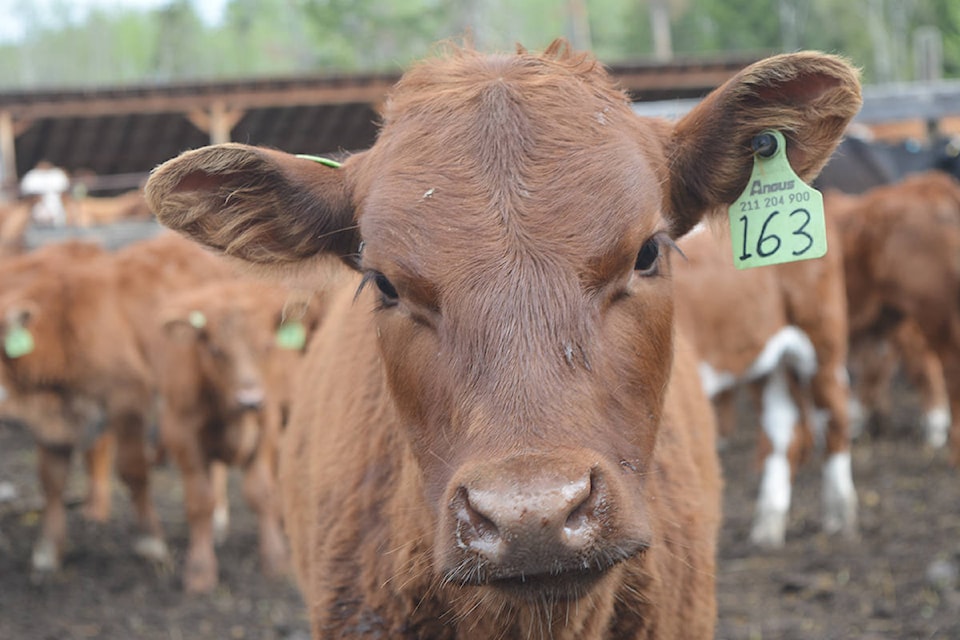David Zirnhelt
Observer Contributor
I haven’t written about the “lifestyle” aspect of ranching for a while, but it has been on my mind lately.
A love of the lifestyle keeps many people in the ranching business. They also stay in the business because that is their life’s work and they may wish to die owning cows.
However, the ownership of land (a ranch) and cows (the means to making a living) needs to be seen as one opportunity. Other opportunities exist for lifestyle and variations of the land and livestock ownership.
If you are selling into the market, and the vast majority do, as opposed just to your raising product for family and community consumption, you need to pay attention to what your product is and how it can be raised and sold ensuring a margin of profit.
This business side is there, whether you pay attention to it or not. Most are not good at this: knowing what specific “product” you are raising or making. And you must know who will buy it and when.
By any other name, this is “marketing.” Simply taking bigger calves to the sales, whenever you have them rounded up, means you will take whatever the buyers will pay depending on the destination of the cattle: backgrounding feedlots, finishing feedlots or combinations.
If your business decision or your lifestyle makes you choose to sell smaller animals, and later in the season, consider the advice offed by the biggest local buyer.
If your operation allows you to raise early born calves which are large early in the fall, then sell early before everyone else gets theirs into the sale ring.
But if you have chosen to have your cows calves later in the spring (you want them on some green grass or when the weather is warmer thereby reducing the risks cold weather can bring) consider that there won’t be much demand for those when there is a lot of bigger calves on the market.
Less demand, lower price.
However, if you were to keep those calves over winter since they don’t eat much being small and can stay nursing their mums later into the fall or early winter when they mostly wean themselves, then consider the market in the summer or early fall when demand from the big market is high.
Prices for your “product” will be then higher. The buyers won’t discount the exotic or late type of cattle since they can be placed when there are shortages in the “finishing” system.
Marketing is a business decision, and it might have beneficial lifestyle upsides, such as checking your calving herd when the weather is nicer. The older cows might not need to be checked in the night. Once we eliminated difficult calving cows from the herd and calved them later in the spring, we didn’t have to get up with them in the night.
Does the business side make sense? One has to do that figuring to see if your cost structure justifies the production and marketing decision.
Ranching, then, is both a lifestyle you have to be passionate about and a business you need to be good at.
As some wise cow person has said: the cows have to be working to support you, not you working to support the cows, as that might just drive you to work off the ranch to have enough income to support your lifestyle.
Get some balance to your operation and maybe then the next generation might want to devote their life to your calling and make it their own.
David Zirnhelt is a rancher and member of the Cariboo Cattlemen’s Association. He is also chair of the Advisory Committee for the Applied Sustainable Ranching Program at Thompson Rivers University Williams Lake.
READ MORE: Ranch Musings: Young people and the business of ranching
editor@quesnelobserver.com
Like us on Facebook and follow us on Twitter
